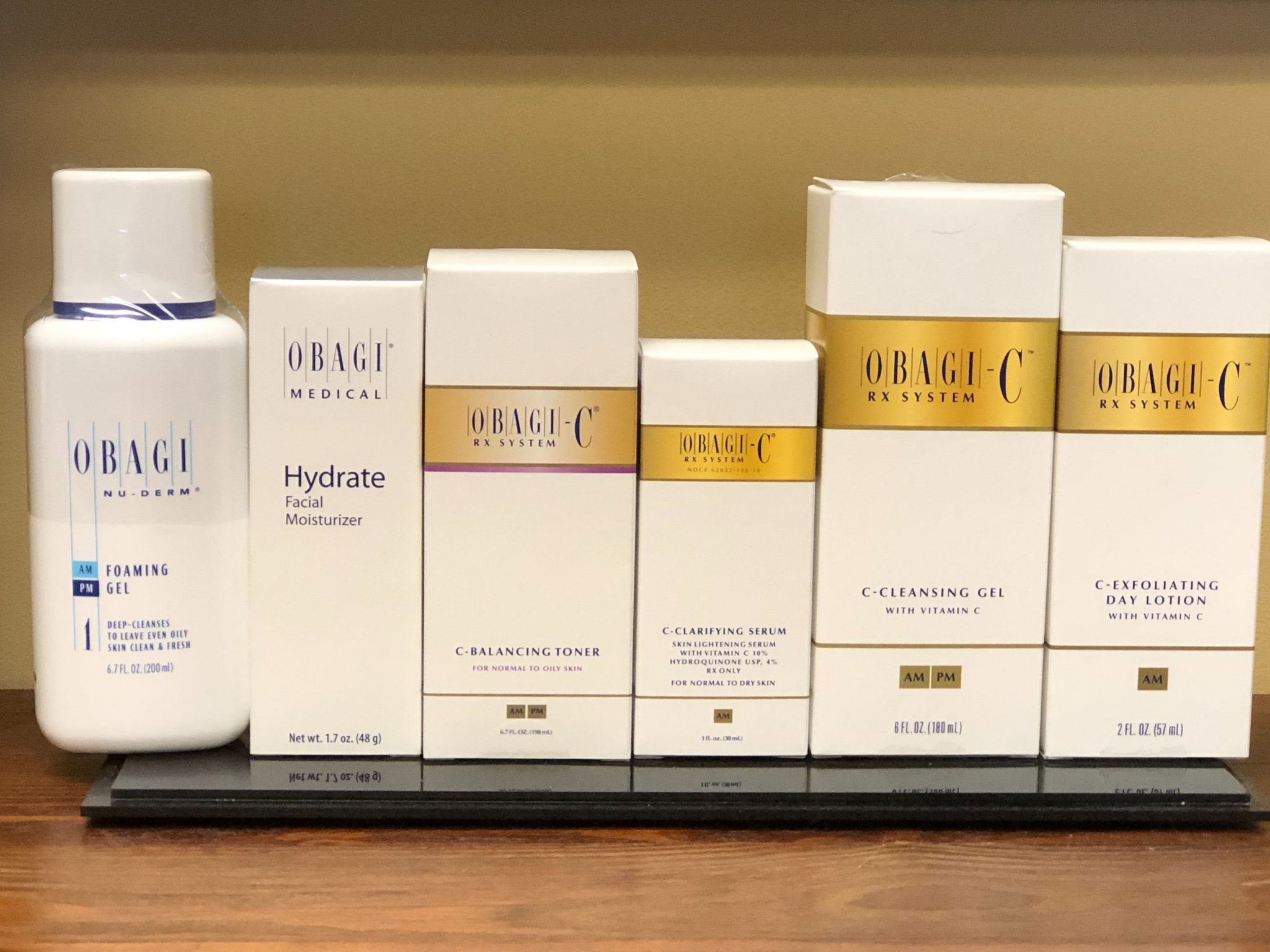January is the traditional time of year when many of us make New Year’s resolutions…
What The Color of Your Skin Says About Your Skin Cancer Risk Part 2: Why Redheads Are at Higher Risk for Melanoma
In this two-part series we look at the skin cancer risks of two skin color types including those with dark skin; and those with red hair and fair skin. Our goal is to dispel any myths that might surround these skin color types and advocate healthy skin care practices for everyone.
In Part 2 of this series we look at ‘Why Redheads Are At Higher Risks for Melanoma’.
While only one to two percent of the world has red hair, it’s a little-known fact that America is the redheaded capital of the world.
Scotland and Ireland have the most redheads per capita – with 650,000 and 420,00 respectively. But America’s close genetic ties to the UK and a population of more than 300 million means there are more redheads in America than in any other country.
No one knows for sure how many, but researchers estimates that between six million and 18 million Americans sport red hair, which is often accompanied by fair skin and freckles.
Unfortunately, red hair is also accompanied by an increased risk for the deadliest form of skin cancer: melanoma.
According to The International Journal of Cancer, natural redheads may be about two and one-half times more likely to develop melanoma compared to those with darker hair. Some researchers say that risk is equal to 21 extra years of sun exposure.
“Those with red hair, fair skin and freckles need to take every precaution – and then some – to protect themselves against damage from the sun’s harmful ultraviolet rays,” says Richard Price, M.D., of Price Skin Care Clinic, in Ridgeland, Mississippi. “The increased risks of developing melanoma are high so all redheads need to practice proper skin protection from an early age.”
The Skin Cancer Link
Melanocortin 1 receptor (MC1R) produces melanin, which determines the color of skin and hair. This receptor produces melanin in two forms, one of which results in dark hair and skin with the other causing red or blond hair, fair skin and freckles.
Harvard Medical School researchers report that the genetic mutation resulting in red hair and fair skin appears to promote a cancer-causing pathway.
During laboratory experiments on mice, researchers found that the MC1R mutation (MC1R-RHC) triggers a biochemical-signaling pathway called P13K/Akt, which has been linked to cancers of the breast, ovaries and lungs.
Researchers report that these findings offer a possible explanation of why those with red hair who have these mutations are at a 10-to-100 times higher risk of UV-induced skin damage than those with darker skin.
And because exposure to ultraviolet rays from the sun or tanning beds results in DNA damage, researchers believe that the type of skin pigment linked to redheads possibly allows more UV rays to reach the DNA, resulting in greater damage.
Another study, which analyzed data from 400 people with cancer, found that an average of 42 percent more sun-associated mutations were found in tumors of those carrying the MC1R gene variant. This showed that the gene variation increases the number of spontaneous mutations cased by the sun’s rays and raises the levels of other mutations in the tumors.
If there’s any good news stemming from this research, it’s that now that researchers know this, those who carry the MC1R mutation may be identified as high-risk for skin cancer, watched more closely and can take advantage of new drugs that may treat certain melanomas.
What You Can Do Now To Protect Yourself
While you can’t do anything about the color of your hair, your skin or the fact that you carry the MC1R gene variant, you can take important preventive measures against the sun’s harmful ultraviolet rays.
Here are seven proactive steps you can do to protect yourself from the sun and to spot any potential skin problems early:
• Avoid the sun’s peak hours between 10:00 AM-4:00 PM
• Wear proper clothes and headgear
• Wear sunscreen with a SPF of 15 or higher. For extended outdoor activity, use a water-resistant, broad-spectrum (UVA/UVB) sunscreen with an SPF of 30 or higher.
• Avoid sun tanning, UV tanning booths and ‘sunburn art’.
• Take extra care around water, snow, ice, sand and high altitudes as the sun’s ultraviolet rays are stronger in high altitudes.
• Perform a head-to-toe self-examination of your skin every month.
• See your doctor every year for a professional skin exam.
Going outside for work or fun? Click here to learn what you should you pack in your ‘Summer Skin Survival Kit.’
Do you have questions or concerns about this topic?
If you’d like to schedule a consultation or an annual skin exam with Dr. Price, please call: (601) 992-3996.




